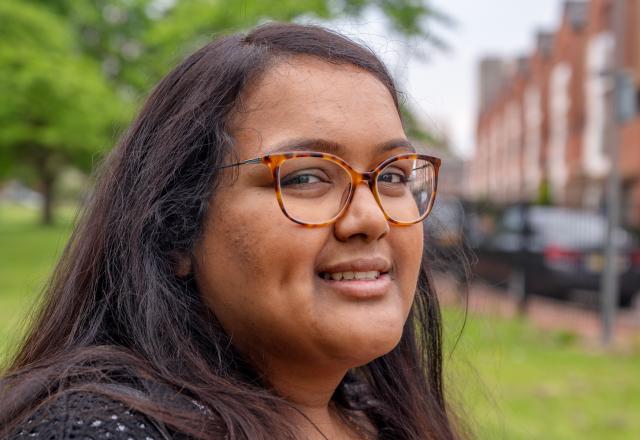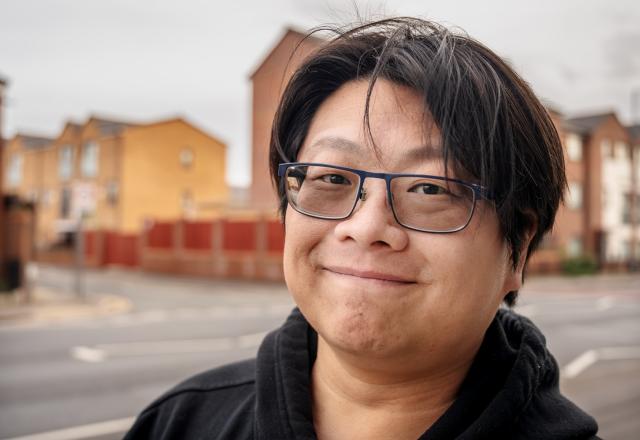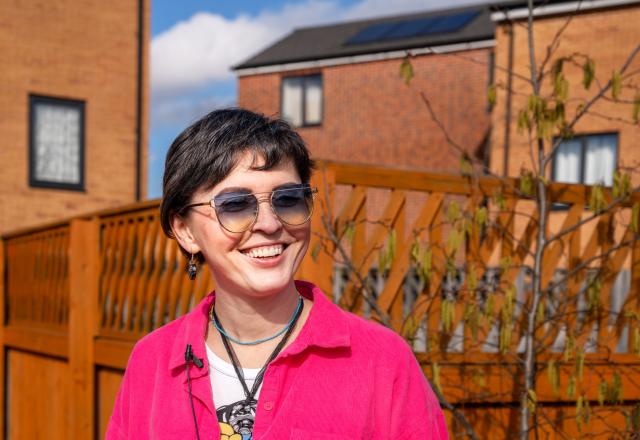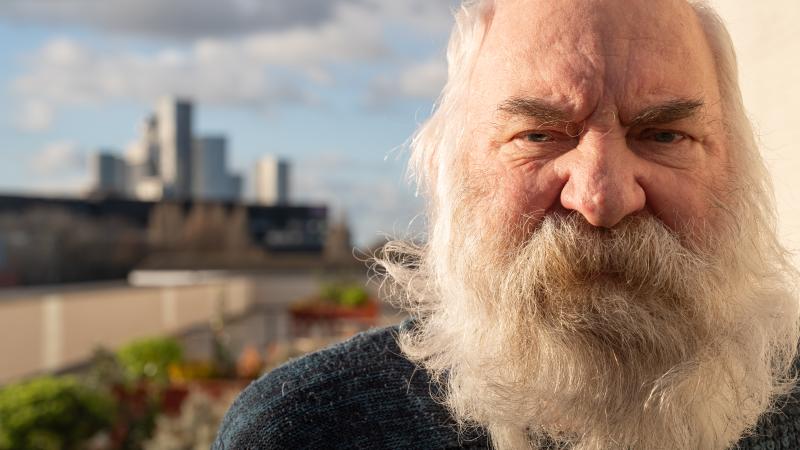Residential
Masterplanning
Brunswick Area Regeneration is a £110 million regeneration scheme that aims to revitalise a significant area of inner-city Manchester.
Designed and delivered under a PFI initiative the fifteen-year programme of regeneration balances new build and refurbishment. When it is complete it will have delivered more than 500 new high-quality homes and refurbished 860. It also provides new community facilities, a 60-bed extra care centre, and retail space.
Project voices | the community told through the stories of its residents
Project Voices: Nazmina Begum, Brunswick
"We have members of the original community actively engaging the new. I think that's really nice, because you don't get that in a lot of places."
Project Voices: Dymo Leung, Brunswick
"It is very important for Hongkongers to step into the community. I started up many, many different kind of events that the whole community can join."
Project Voices: Olga Asma, Brunswick Village
"I came to the UK when I was 25, and I've lived on the estate now for 17 years. It has changed around here. It's improved a lot since I moved in."
The masterplan for Brunswick is underpinned by urban design principles and community interests to establish a connected and vibrant neighbourhood. It is a complex and layered plan that walks a fine line between retaining existing houses and infrastructure and creating transformational change.
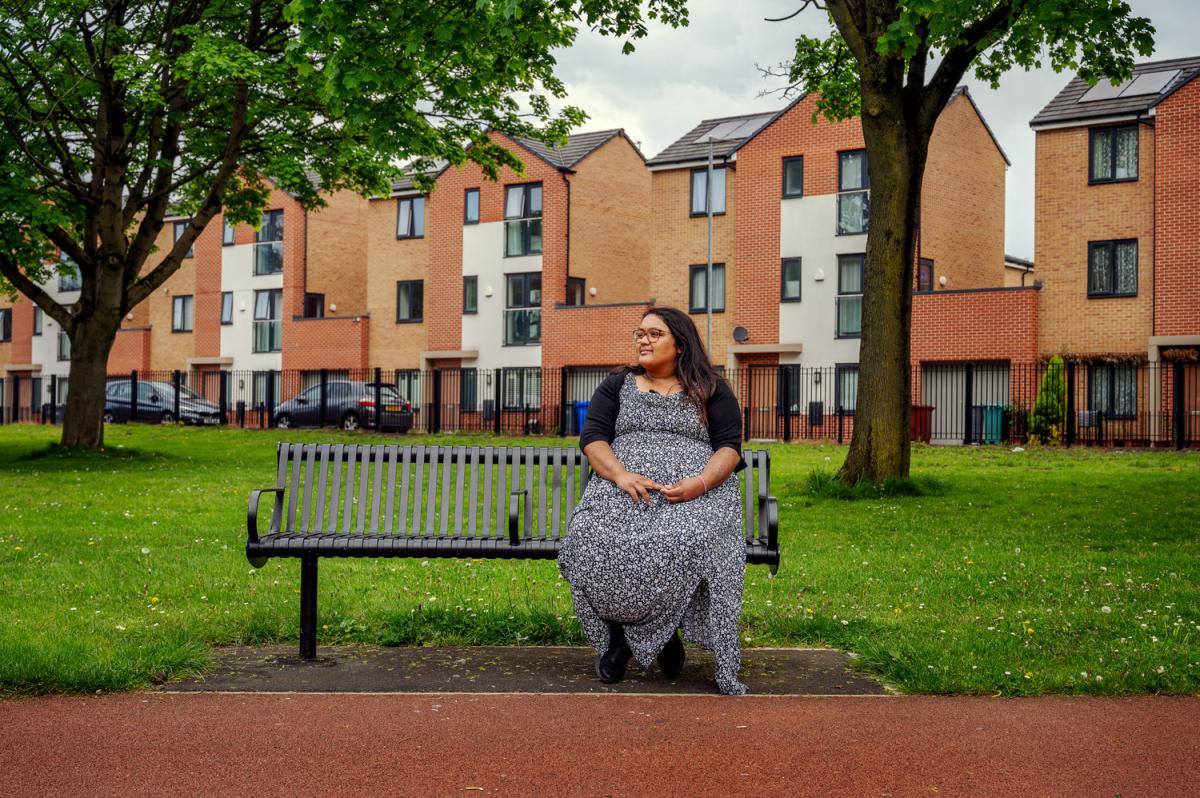
The masterplan
A new layer of green infrastructure is created in the heart of the community with open parkland and play areas, which are easily accessible by a new pedestrian-friendly green boulevard. This green spine not only defines new gateways into Brunswick and links to the city centre but also creates a new image and identity as the heart of the neighbourhood.
High-rise blocks have been improved with winter gardens and internal refurbishment, some existing houses have been 'reversed' to be street facing, and a range of new two, three, four and five-bedroom houses create new streets and fill gap sites to create a cohesive density and street pattern. Designed to cater for a variety of families and lifestyles, the homes have a similar design treatment, creating homogeneity across the area.
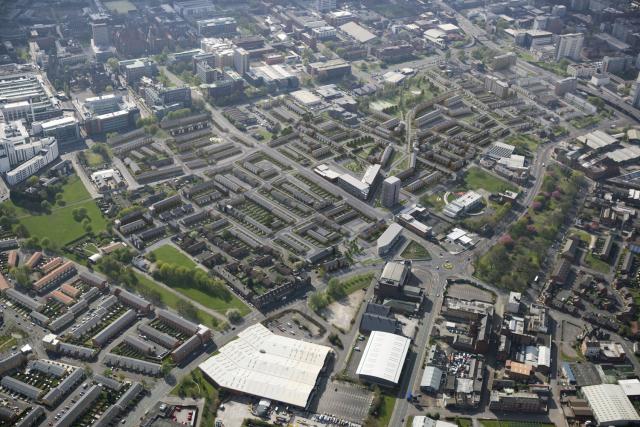
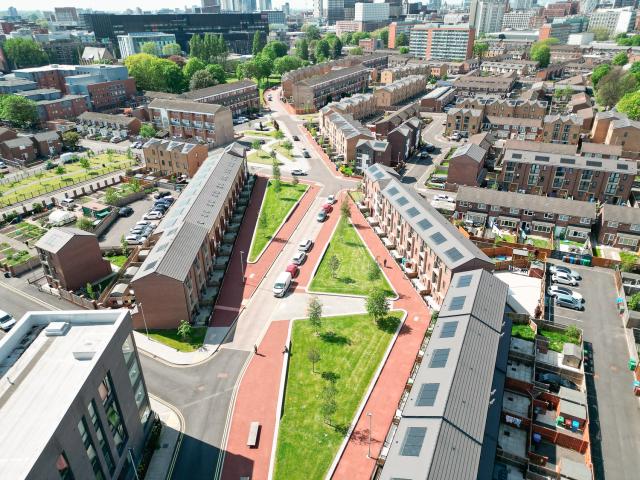
Transformational Urban Design
At the outset of the project, a physical review of the existing estate was undertaken to understand how it might best be turned into a working neighbourhood. Following the slum clearance programme of the 60’s the area had been planned on Radburn principles and there was a lack of coherence in the inter-relationship of the properties common in estates of the time. The repetitive nature of the estate, and lack of landmarks and visual connections between areas, made it difficult to navigate and police. Additionally, a considerable proportion of individual properties were significantly below decent homes standards.
In planning the estate there was a clear ambition to reinforce community engagement and to safeguard and improve the homes for as many of the existing community as possible. This underpinned options for consideration in the new masterplan in particular when reviewing selected demolition to improve the form and layout of the area and movement and access into, through and beyond the area. The selected demolition also had to provide opportunities to add a more diverse range of dwellings and tenure to an estate that previously relied on few distinct house types. This would also expand opportunities and choice, where people had to look elsewhere for different types of accommodation.
Finally, consideration was also given to the best ways to utilise existing roads within the masterplan. This balanced with the desire to retain properties brought about the solution of ‘reversing’ a significant number of dwellings so that all houses fronted streets to enhance activity and surveillance.
Project Voices: Rob Burgess, Brunswick Village
"I've got the most beautiful view, a lovely balcony, and lovely people around me. I feel like I've won the lottery.
Supporting a multi-generational community
A new sixty-bed extra care apartment scheme sits at the end of Mawson Road, the new landscaped boulevard that runs through Brunswick. This allows Brunswick residents to stay in the neighbourhood in independent supported housing as they age. The new building provides one and two-bed apartments and includes facilities for on-site care staff on the first and second floors. In addition to residential accommodation, the development also provides new facilities for residents including a library, activity room and restaurant with a breakout area and outdoor seating.
Landscape gardens have been created around the building and a roof-top terraced garden provides residents with additional outdoor space.
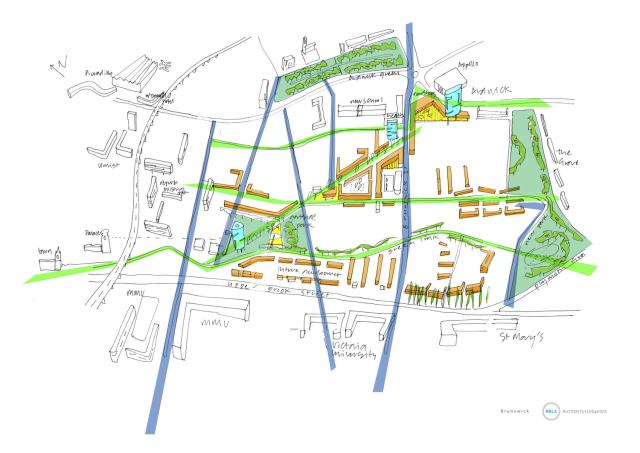
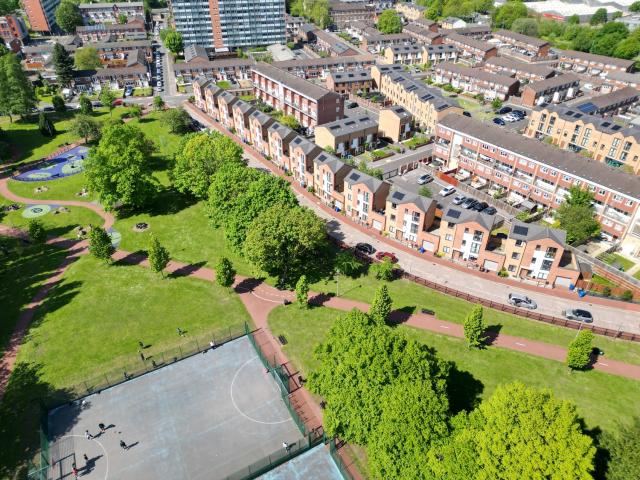
Creating a green spine
Brunswick had a large quantity of outdoor space but most of it had failed to provide any real amenity or function and lacked positive relationship with the existing properties. The lack of natural surveillance delivered by the existing built form over these spaces attracted anti-social behaviour which further discouraged their use.
Our solution was to consolidate outdoor space into a connecting green spine and park space (a re-invigorated Gartside Gardens), faced by active development offering greater public safety and security, new public play spaces for children, and special provision for youth activities as well as enhanced biodiversity. The green spine not only defines new gateways into Brunswick and links to the city centre but it also creates a new image and identity for the neighbourhood.
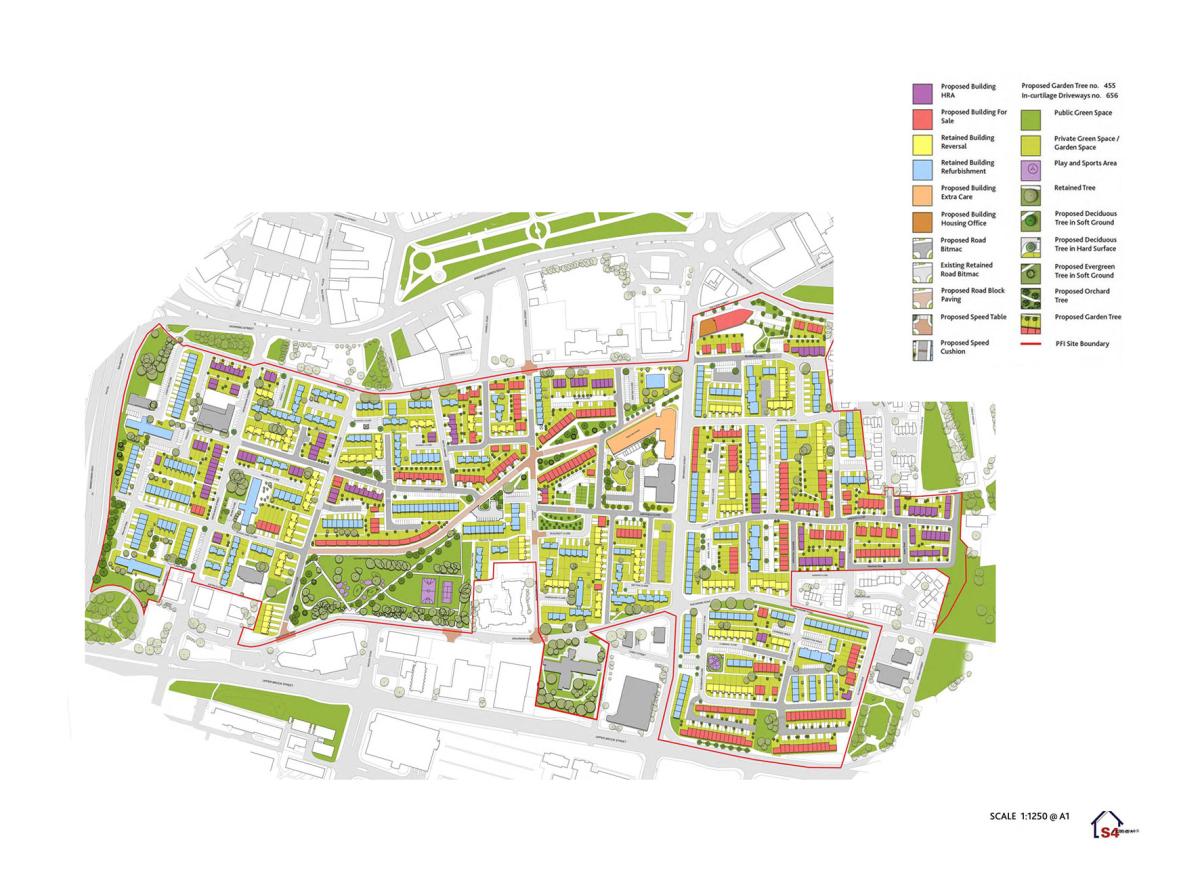
Housing Refurbishment and New Build
Lockton Court, Lamport Court and Silkin Court are three eight-storey high-rise blocks built in the late 1960s and early 1970s. Each tower has undergone extensive refurbishment to improve private and communal spaces for residents. New kitchens, bathrooms and double-glazed windows have been installed and communal areas have been refurbished. Lifts have also been replaced to improve access. External boundary treatments have been upgraded and enhanced door entry and security systems have been added to improve residents’ safety. Externally, winter gardens have been created for each tower block creating private amenity space for residents.
A range of house types consisting of two, three, four and five bedrooms have been created for Brunswick as part of the regeneration proposals. These homes have been designed to meet today’s needs and lifestyles and cater for a variety of families. All houses have concrete tile dual-pitched roofs and a future location for a lift/hoist has been designed into each to achieve Lifetime Homes criteria. Many of the homes feature gables on the front elevation and a consistent palette of materials adding to the architectural interest of the new streets and a consistent identity to the area.
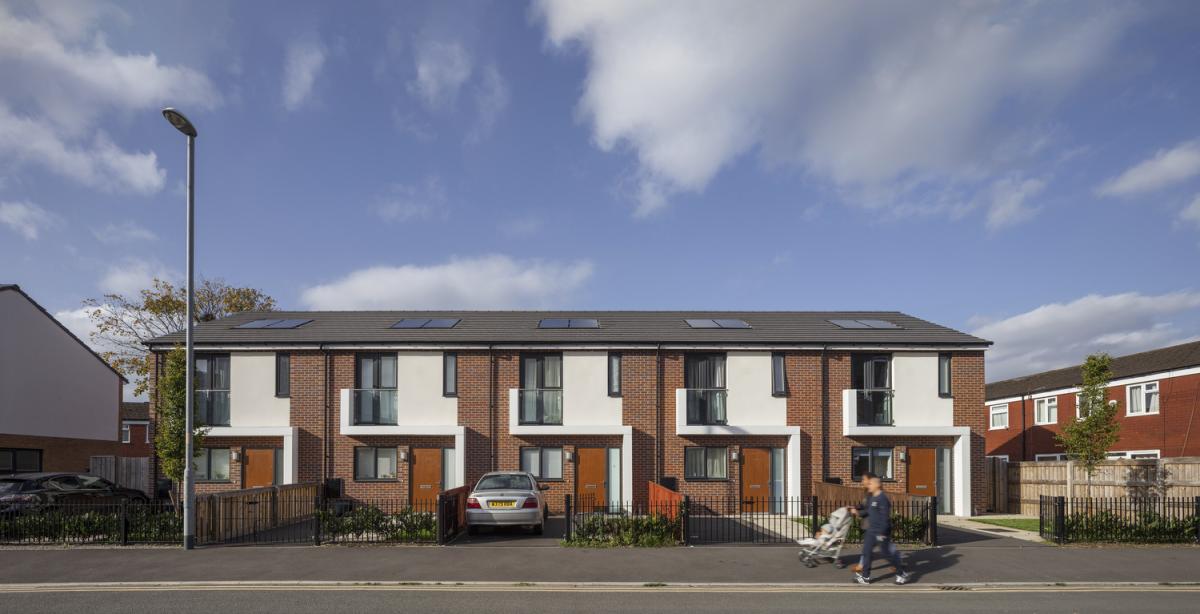
Consultation and Engagement
Through the redevelopment of Brunswick, we liaised closely with Manchester City Council’s housing team, planning and highways department, Greater Manchester Police, statutory authorities and the Environmental Agency. We were also heavily involved in consultation with residents, key stakeholder groups and tenants' associations.
Twice-yearly consultations were held to allow residents to discuss our proposals. On each day, feedback forms were provided and Q&A sessions were held, which enabled the public’s opinions and concerns to be highlighted and input into the design process.
As the new Extra Care Centre was replacing an existing sheltered housing scheme, all members of the home, both residents and staff, were consulted on the design proposals. This interactive process enabled us to have a deeper understanding of the needs of the end users and in turn, inform the design brief.
We believe that creating a neighbourhood of choice is not just about making a place look good; it is about making a place work better. It is our legacy for the area and that is not something we undertake lightly or in isolation.
Ben Tabiner
Ben is a director at Buttress who is experienced in the design and delivery of projects across a range of sectors, including residential, commercial and education.
Awards
Inside Housing Top 60 2016: Overall Winner
Inside Housing Awards 2016: Regeneration Scheme of the Year
Image credits
Photos © Gavin Stewart and © Simon Buckley 'Not Quite Light'
Aerial photographs and video © Luke Roberts
